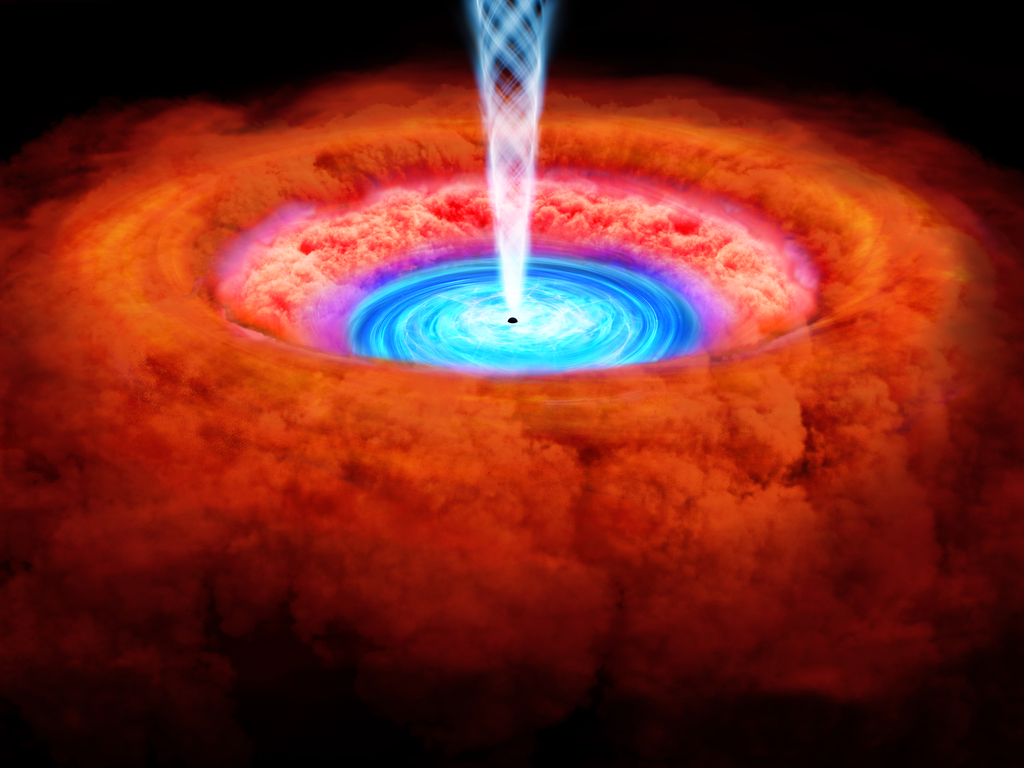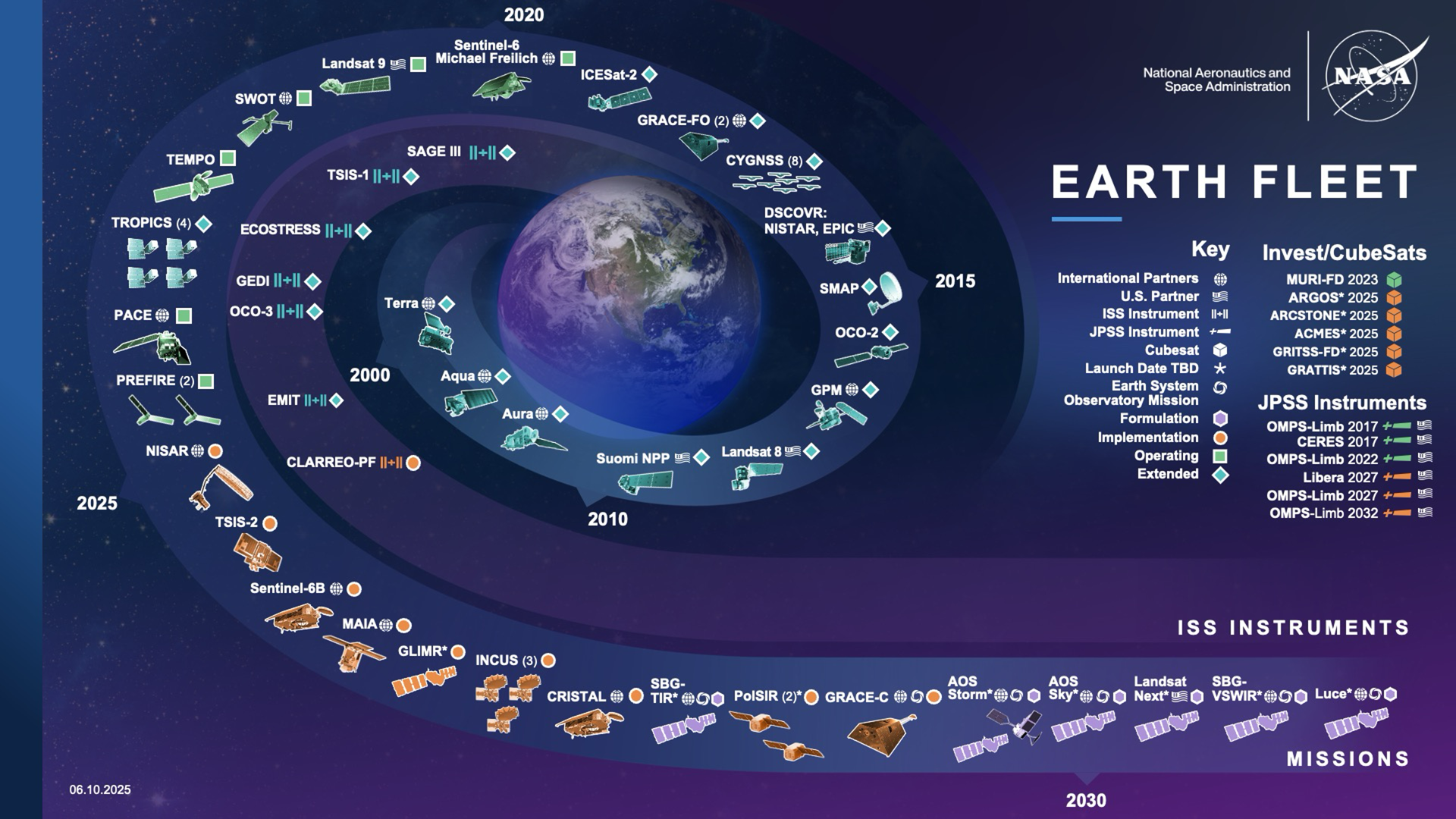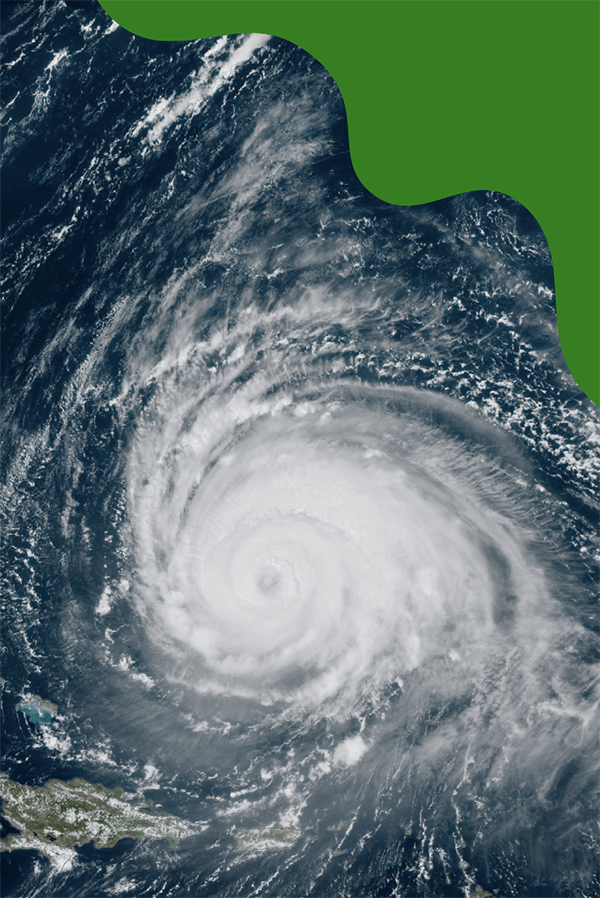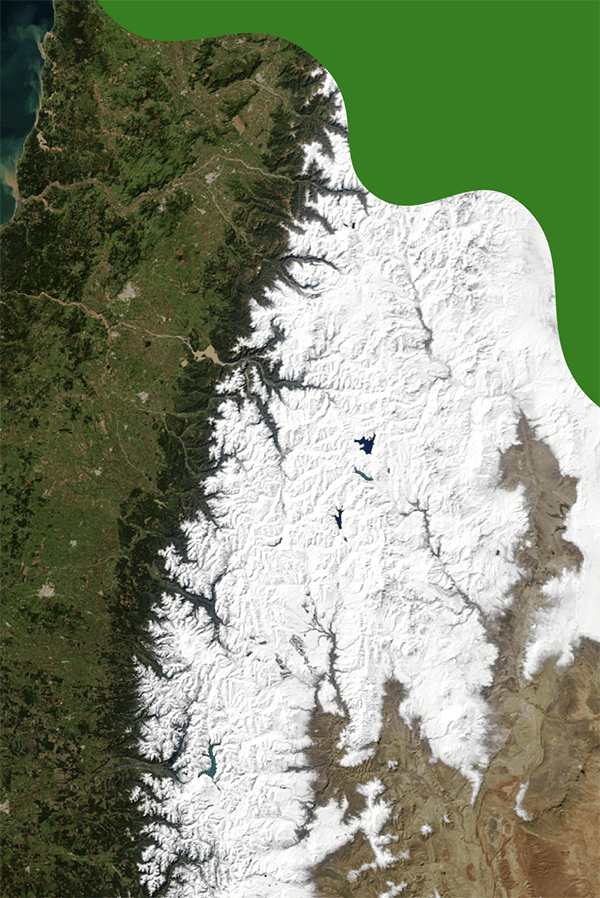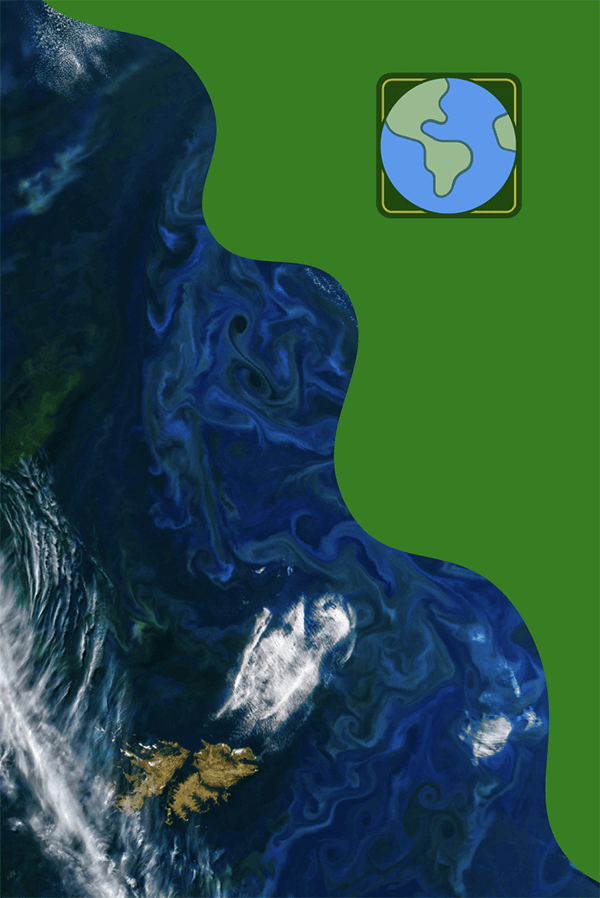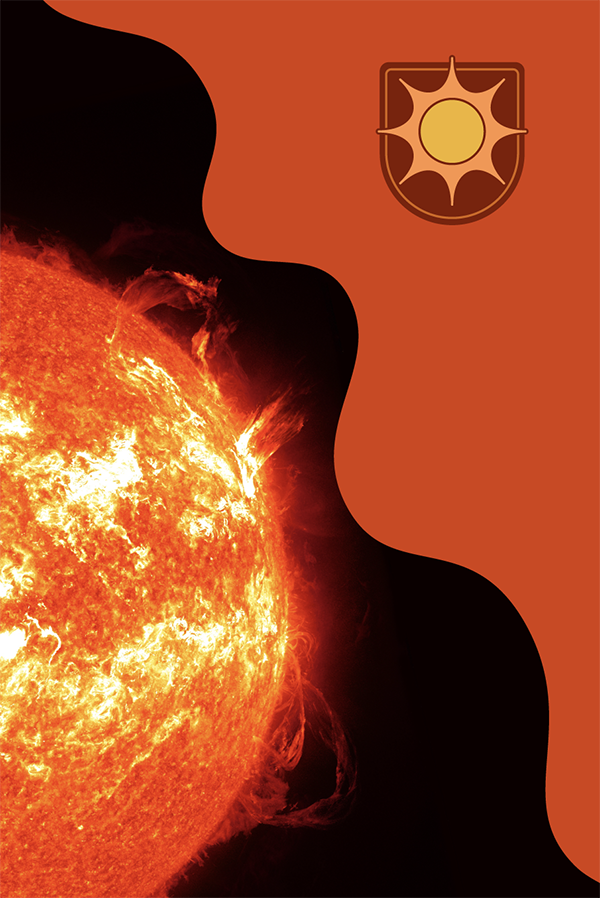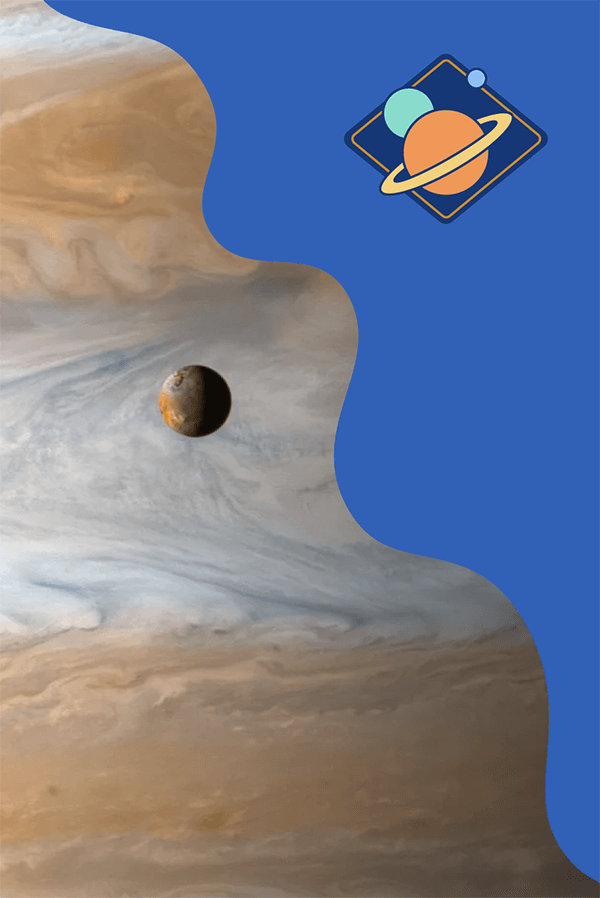


Why Does NASA Study Earth?
NASA studies Earth because Earth is a planet, too! In fact, it is the planet that NASA has studied the most. It is important to study Earth because it is the one place in the entire solar system where humans can live.

When you think of NASA, you probably think of astronauts, satellites, Mars rovers, and telescopes that study distant planets and far off galaxies.
NASA is a space agency. So, why study Earth?
Because Earth is a planet too! In fact, Earth is the planet that NASA has explored the most. And it’s important to keep an eye on the one place in the entire solar system where we can live.
NASA began launching satellites to monitor Earth’s weather in 1960. These satellites changed how scientists forecast the weather. It was also one of the first times that scientists were able to look down at the whole Earth from space.
Today, NASA’s Earth-observing satellites do much, much more. They are important in helping us understand how our planet works.
With these satellites, we’re trying to answer some big questions:
- How does Earth work?
- How is Earth changing?
- How can we better manage our natural resources and food?
- How can we be better prepared before, during, and after natural disasters?
- What about Earth makes it able to support life?
Finding answers to these questions will benefit all of us. The more we know, the more prepared we can be for changes when they happen, whether in our town or across the planet.
Adding to what we learn from satellites, NASA makes regional observations from airplanes and ships. Data is collected on the ground, too. Scientists also use computers to model what’s happening now and what could happen in the future. They use these models to see how the land, ocean, and atmosphere are changing.
Best of all, NASA shares its data and what it learns with the world.
Because when it comes to understanding a planet, one of the best views is from space. And NASA brings that global picture back home to Earth.












